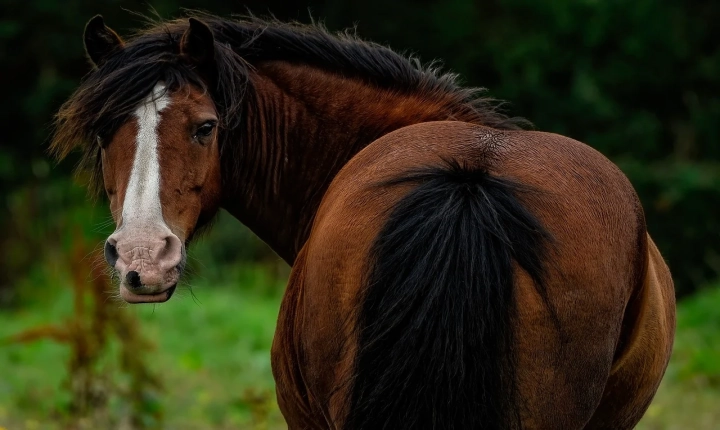AI-generated art has gained considerable attention in recent years, sparking debates surrounding its value and legality. As AI technologies continue to advance, they have enabled machines to create stunning works of art, raising questions about whether these creations can be sold and who holds the rights to them.
One of the primary concerns surrounding AI-generated art is the issue of copyright. Traditionally, copyright laws are designed to protect the original works of human creators, but they do not account for creations made by machines. This has led to a legal grey area when it comes to ownership of AI-generated art.
In some cases, artists and organizations have attempted to sell AI-generated art, only to encounter legal challenges and disputes over intellectual property rights. Without clear regulations in place, it can be difficult to determine who has the right to profit from these creations. This uncertainty has created a barrier for the commercialization of AI-generated art, as potential buyers are hesitant to invest in something that may be legally contentious.
However, proponents of AI-generated art argue that it represents a new form of creativity, one that is not limited by human constraints. They argue that AI-generated art should be considered a legitimate form of artistic expression, regardless of the medium through which it was created. From this perspective, AI art should be afforded the same rights and protections as traditional art.
On the other hand, skeptics raise concerns about the authenticity and emotional value of AI-generated art. They argue that the essence of art lies in the human experience and emotional connection, something that AI lacks the ability to truly embody. As a result, they question the ethical considerations of selling art that is devoid of human emotion and intention.
Despite these debates, the commercialization of AI-generated art continues to gain traction. Some artists and organizations are finding ways to navigate the legal challenges and establish a market for these creations. This includes exploring new business models, such as licensing agreements and collaborations between AI systems and human artists, to address the complexities of ownership and distribution.
Additionally, the rise of non-fungible tokens (NFTs) has opened up new opportunities for selling and owning AI-generated art. NFTs provide a way to authenticate and track ownership of digital assets, including AI art, potentially offering a solution to the legal and copyright issues surrounding these creations.
In conclusion, while the question of whether AI-generated art can be sold remains a topic of debate, it is clear that the commercialization of these creations is on the rise. As technology continues to evolve, it is crucial for legal frameworks and regulations to adapt in order to address the unique challenges posed by AI-generated art. Only with clear guidelines and protections in place can the potential of AI art be fully realized within the art market.
